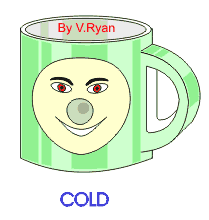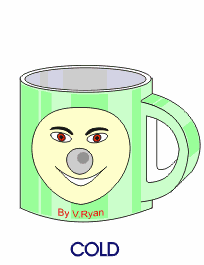| CLICK HERE FOR INDEX PAGE | ||||||||||
| THERMOCHROMIC INKS / PAINT / PIGMENTS - CATEGORIES OF THERMOCHROMIC INKS AND EXAMPLES |
||||||||||
| V. Ryan © 2004-2021 | ||||||||||
| PDF FILE - CLICK HERE FOR PRINTABLE WORKSHEET | ||||||||||
| CLICK HERE FOR POWERPOINT VERSION OF WORKSHEET | ||||||||||
|
Inks are widely used on many products ranging from
packaging, pottery and clothing. The role inks / colour plays can be
crucial to the success or failure of a product. The development and use
of specialist inks is a competitive business and this has led to
research into modern colour changing inks. |
||||||||||
|
||||||||||
|
Thermochromic inks are those that change colour in response to changes in temperature. These inks have serious applications such as in the food industry. They can be used to indicate when a packaged food has reached the correct temperature in an oven. They are also used in forehead thermometers made from card, with thermochromic ink as a temperature sensor. |
||||||||||
|
|
As the patient places the thermometer against his head the rise in temperature can be clearly seen. The thermochromic ink reacts to the change in temperature and the colour red indicates the patients temperature. |
|||||||||
|
Thermochromic inks are more expensive than normal inks but they can be applied by most printing processes. Normally the special ink is only applied to small areas of the product / package and this minimises costs. |
||||||||||
| REVERSIBLE THERMOCHROMIC INKS | ||||||||||
| These inks are temperature sensitive, working between -10 degrees centigrade to +65 degrees. They tend to be used as temperature indicators for drinks, food and medical products. Thermochromic inks are usually semi-transparent and react to heat / cold becoming transparent, revealing a print / image below. For example, when a product is touched or worn, the inks slowly become transparent revealing a print underneath. Some thermochromic inks change in colour themselves and do not rely on a semi transparent coating over a print. There are two general categories; Reversible and Irreversible thermochromic inks. Reversible inks change colour / transparency and then return to their original state, whilst irreversible ink change once and cannot revert back to their original state. |
||||||||||
| Several coats of thermochromic ink are normally applied to a surface, improving the way they react to temperature change. However, a top transparent coating / lamination, improves their overall performance and reduces there degradation over time. Sunlight (UV light) can degrade the properties of the ink over time. | ||||||||||
| Thermochromic inks have a range of practical applications including; clothing, paints, drink containers / packaging, battery indicators and labelling for plastic products. | ||||||||||
| A SAMPLE OF THERMOCHROMIC INKS AVAILABLE FOR SALE | ||||||||||
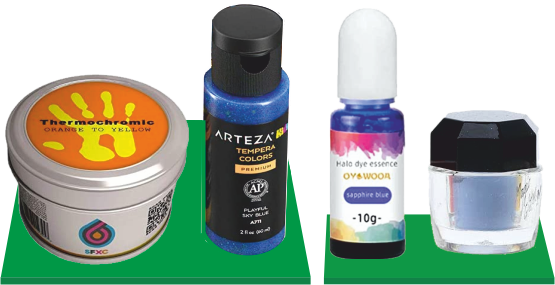 |
||||||||||
| IRREVERSIBLE THERMOCHROMIC INKS | ||||||||||
| These inks work within a more limited temperature range than reversible thermochromic inks. They tend to be used as temperature indicators for drinks, food and medical products. | ||||||||||
| Thermochromic ink is often characterised as: | ||||||||||
| Thaw sensing (irriversible): Used as a colour indicator of temperature. For example, the inks colour will show that the product has not thawed OR has thawed. Some food and medical products must be kept frozen, if they thaw, then they become dangerous (cooked meals and vaccines are two examples). | ||||||||||
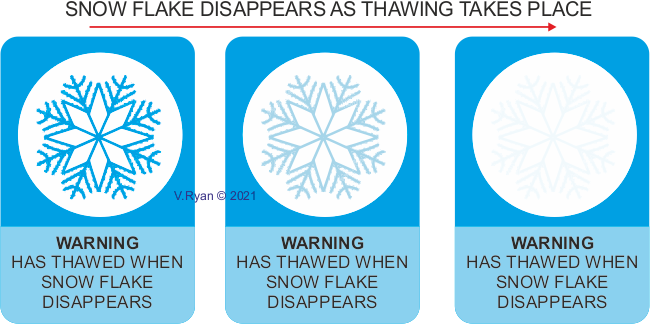 |
||||||||||
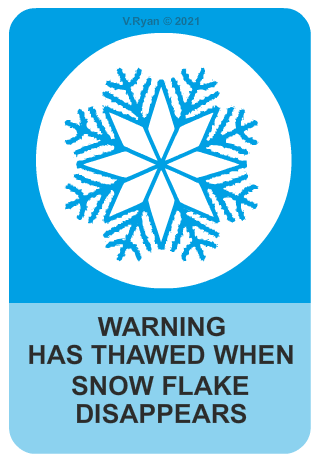 |
||||||||||
| Freeze sensing (reversible): these inks are for products that must be frozen. The inks are very accurate, as the safety of certain products is paramount. Some foods and medicines must be transported frozen. The ink acts as a visual indicator, that the product has been frozen, before and during transport. | ||||||||||
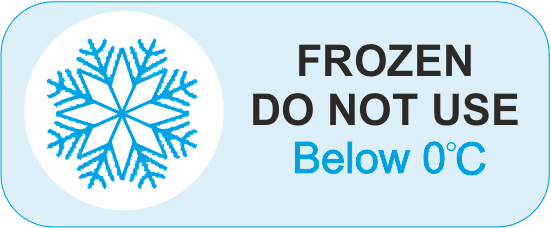 |
||||||||||
| Cold activated (reversible): These inks are used on products that have a target temperature. For example, it is recommended that some beers and soft drinks, are cooled to a specific temperature, before consumption. These inks are suitable for drinks containers, foils and laminated packaging products. | ||||||||||
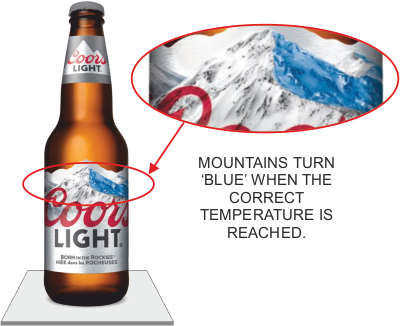 |
||||||||||
| Cold activated reveal (reversible): These are ideal for what is called, ‘theatre in the hand’ experiences. An example of this a drinks cup. When empty, the cup shows little detail of colour / pattern. When filled with a cold drink, the detail emerges. As the drink is consumed, the detail disappears, returning to its original state. These inks can be printed on disposable cups and containers. | ||||||||||
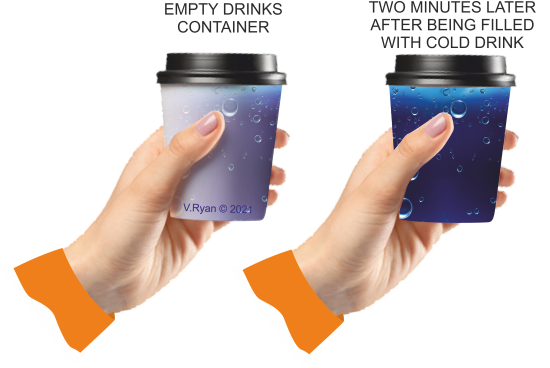 |
||||||||||
| Warm sensing (irreversible): Some foods and many medicines (E.G vaccines) must be stored between a particular narrow temperature range. These special inks, detect if a temperatures outside the temperature range have been reached. They are irreversible thermochromic inks. The product is usually discarded / destroyed, if the packaging detects temperature deviation. | ||||||||||
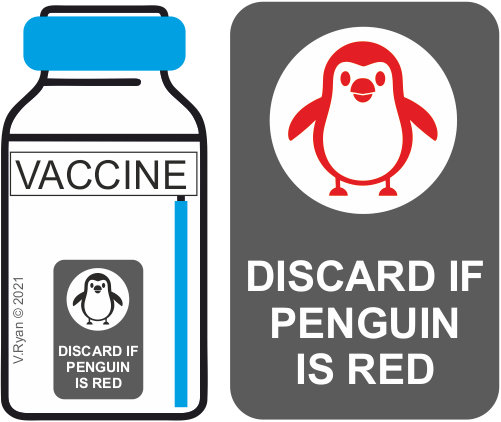 |
||||||||||
 |
||||||||||
| Body heat activated (reversible): These thermochromic inks are popular on textile materials, in particular clothing. The change in colour often takes place, when body temperature or room temperature is reached. | ||||||||||
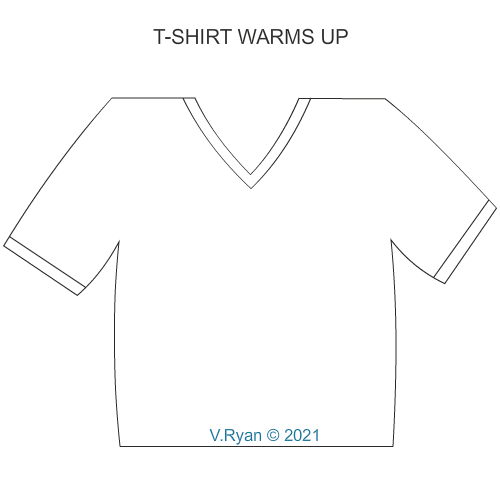 |
||||||||||
| High heat activated, sometimes called ‘high temperature activated inks (reversible): This ink is often used to indicate if a food product is heated to, too high a temperature. If the food is allowed to cool the colour indicator will return to its normal state, which indicates that it can be eaten safely and at the right temperature. | ||||||||||
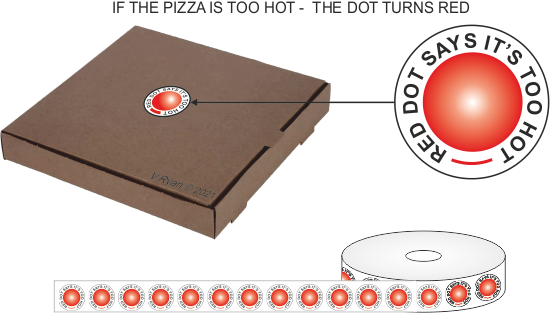 |
||||||||||
| CLICK HERE FOR MORE INFORMATION ON THERMOCHROMIC INKS | ||||||||||
|
|
||||||||||
